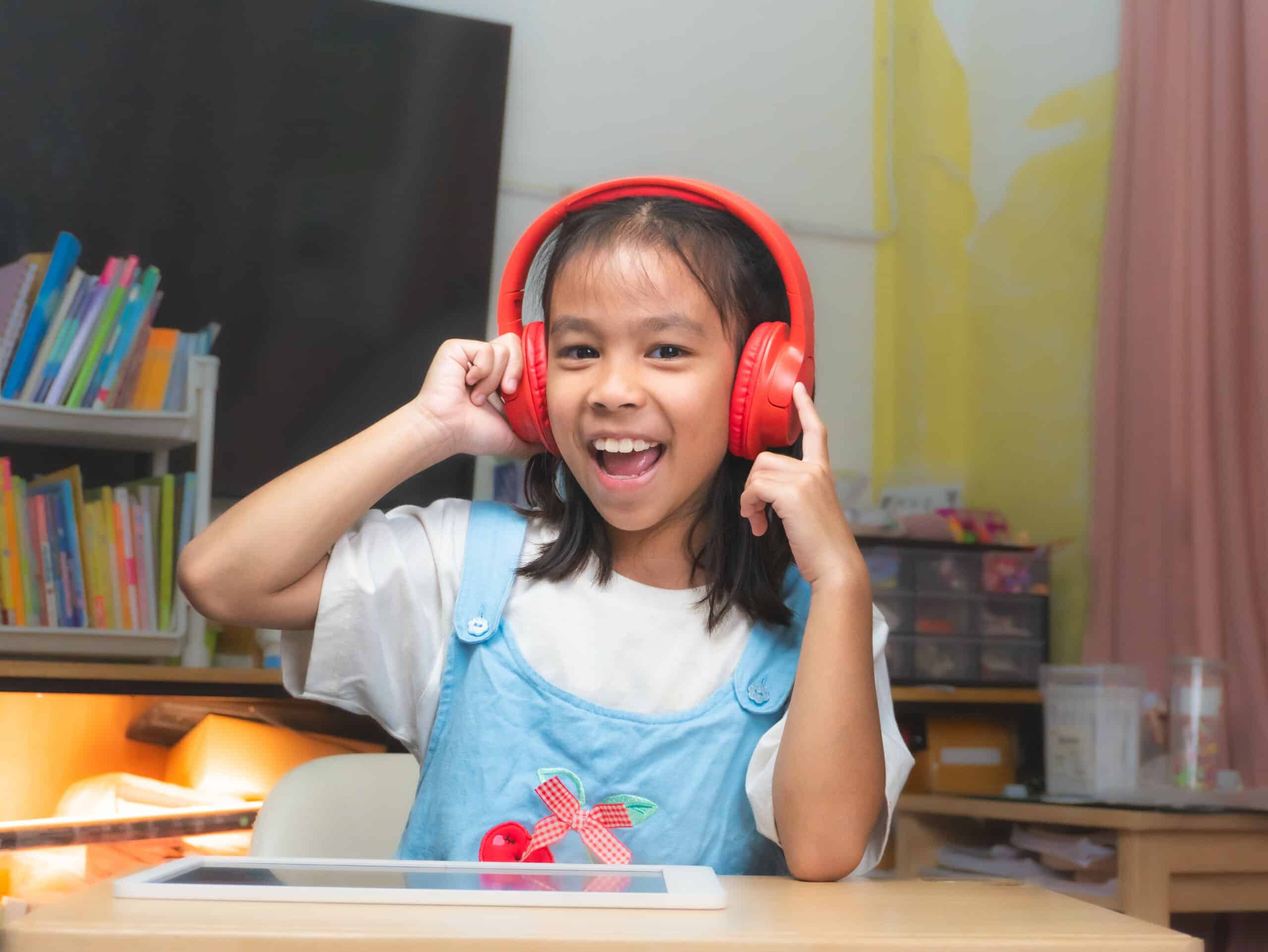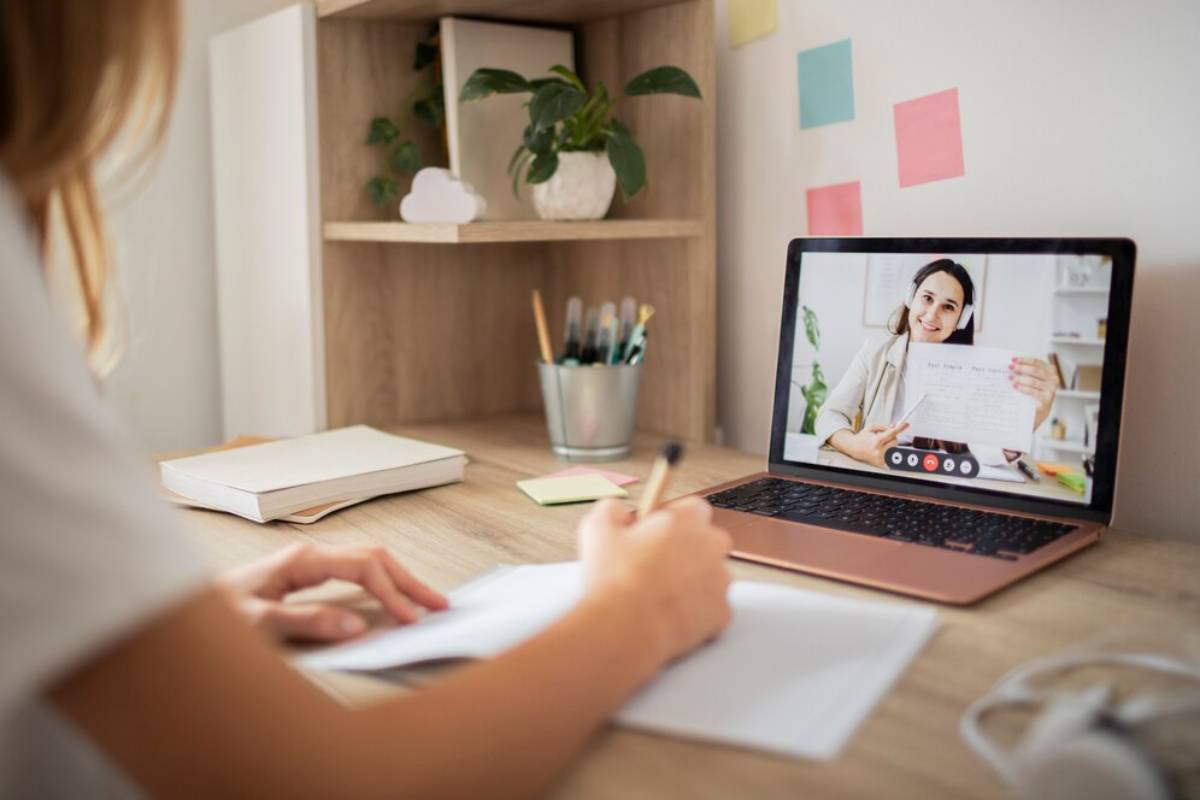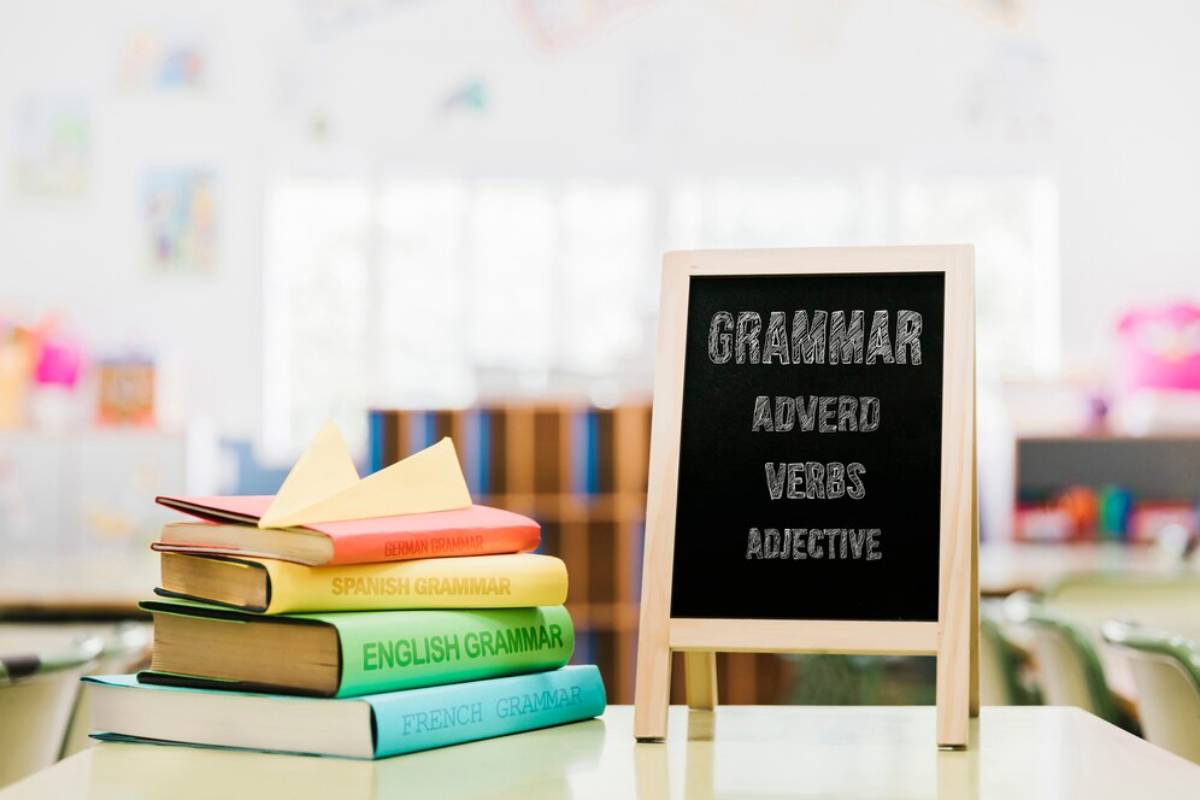
How Multisensory Techniques Accelerate Language Acquisition
Have you ever heard a catchy song in another language? You might find yourself singing it for hours, even if you don’t know the words. That’s multisensory learning in action. Using your visual, auditory, and kinesthetic senses helps you learn languages fast and well.
Doodling flashcards, acting out new verbs, or mimicking accents helps your brain learn. These activities give you different ways to understand and remember information. This article shows how multisensory language learning makes study time fun and effective. It helps you remember better by engaging your brain in different ways.
We’ll explore research-backed benefits and sensory-specific methods. You’ll hear real-life stories and discover practical routines. These will help you learn faster and boost your journey to fluency through your senses.
Why Multisensory Learning Works
The Brain Learns Better Through Multiple Inputs
Your brain isn’t a filing cabinet — it’s a web. The more senses you activate while learning, the more connections you create. This leads to:
- Better memory recall
- Stronger engagement
- More flexible understanding
It Matches How We Learn as Children
Kids don’t learn languages by reading textbooks. They hear, touch, move, mimic, and play. Adults can do the same, with tailored strategies.
It Caters to Different Learning Styles
Some learners are visual (love images), others are auditory (need to hear), and many are kinesthetic (learn by doing). Multisensory methods cover them all.
Visual Learning: See It, Remember It
Why It Works
Visual input helps learners associate words with images, shapes, colours, and layouts. The brain stores these as mental pictures.
Techniques
- Use colour-coded flashcards
- Watch subtitled movies and highlight new words
- Create mind maps of vocabulary themes
- Label items around your house in your target language
Tools
- Canva for flashcard design
- Quizlet with image-based sets
- YouTube with bilingual subtitles using Language Reactor
Auditory Learning: Tune Into Language
Why It Works
Auditory learners remember sounds, rhythms, and tones. Listening sharpens pronunciation and trains the ear for grammar and flow.
Techniques

- Listen to language-specific podcasts and audiobooks
- Shadow native speakers (repeat what they say in real time)
- Record your own voice and compare it to the natives
- Use music lyrics to learn vocabulary and slang
Tools
- Spotify playlists for language learning
- Speechling for shadowing and pronunciation feedback
- Pimsleur for audio-based structured learning
Kinesthetic Learning: Move to Learn
Why It Works
Movement helps the brain anchor abstract concepts through physical action. Great for tactile or restless learners.
Techniques
- Act out verbs while saying them aloud
- Use hand gestures to reinforce sentence structure
- Write vocab by hand (instead of typing)
- Play role-playing games or act out scenes
Tools
- Sticky notes on physical items
- Language charades with friends
- Journals or workbooks for hands-on practice
“I taught myself German grammar by drawing sentence diagrams on my kitchen tiles. Every time I cooked, I revised.” – Marta, language enthusiast from Bristol
Blended Multisensory Activities for Maximum Impact
1. Picture-Word-Movement
- Say a word aloud
- Show or draw a picture
- Act it out or gesture
2. Subtitled Videos with Speaking Practice
- Watch a scene
- Read the subtitles
- Pause and repeat aloud (with emotion!)
3. Storytelling With Props
- Use objects to tell a simple story
- Create voice recordings with sound effects
- Rehearse the story physically and visually
4. Creative Projects

- Make a comic strip
- Write a short play in your target language
- Create an audio diary with voice filters for fun
The Science Behind It
Research Highlights
- Multisensory learning improves memory retention by up to 40% (Source: Mayer & Moreno, 2003)
- Moving while learning boosts brain activity and enhances thinking skills (Harvard Health, 2017).
- Students using visual + auditory input retain 68% more over time than those using just one method (Paivio’s Dual Coding Theory)
Multisensory Routines for Different Levels
Beginner Routine (15–20 Minutes)
- Watch a 1-minute subtitled video
- Repeat each sentence out loud
- Write 3 new words on sticky notes and label real objects
- Draw one image that represents a sentence or phrase
Intermediate Routine (20–30 Minutes)
- Listen to a podcast episode segment
- Write a summary by hand
- Create a dialogue using vocabulary from the audio
- Act it out in front of a mirror or record yourself
Advanced Routine (30–45 Minutes)
- Read a news article and highlight expressions
- Discuss it aloud (solo or with a partner)
- Write your opinion as a short essay
- Add dramatic tone and gestures when reading it back aloud
Pitfalls to Avoid
Using All Senses at Once, All the Time
You don’t need to overload your session. Rotate techniques — don’t cram them all in.
Neglecting Output
It’s easy to consume input, but speaking, writing, and producing the language are essential for fluency.
Over-Decorating
Don’t let colour-coding and visuals become busywork. Focus on clarity and meaning.
Real-World Success Story: Dan’s Sensory Breakthrough
Dan, a 50-year-old builder from Manchester, had failed to learn Spanish through apps alone. After he started multisensory learning, he improved a lot. He sang Spanish songs, labelled his toolbox, and watched novelas with gestures.
Six months later, Dan was conversing fluently with his Spanish-speaking colleagues.
“I needed to move, touch, and hear it. That’s when it clicked.”
Conclusion: Make Your Senses Work for You
You don’t have to study harder — you just need to learn smarter. Multisensory language learning brings fun, energy, and brain science into your daily routine.
Mixing visual, auditory, and kinesthetic methods helps you create better memory networks. This boosts engagement and makes language a part of your daily life. You can build fluency in different ways. You might watch a subtitled drama, act out verbs in your kitchen, or doodle new vocabulary. Each method helps you learn, one sense at a time.


